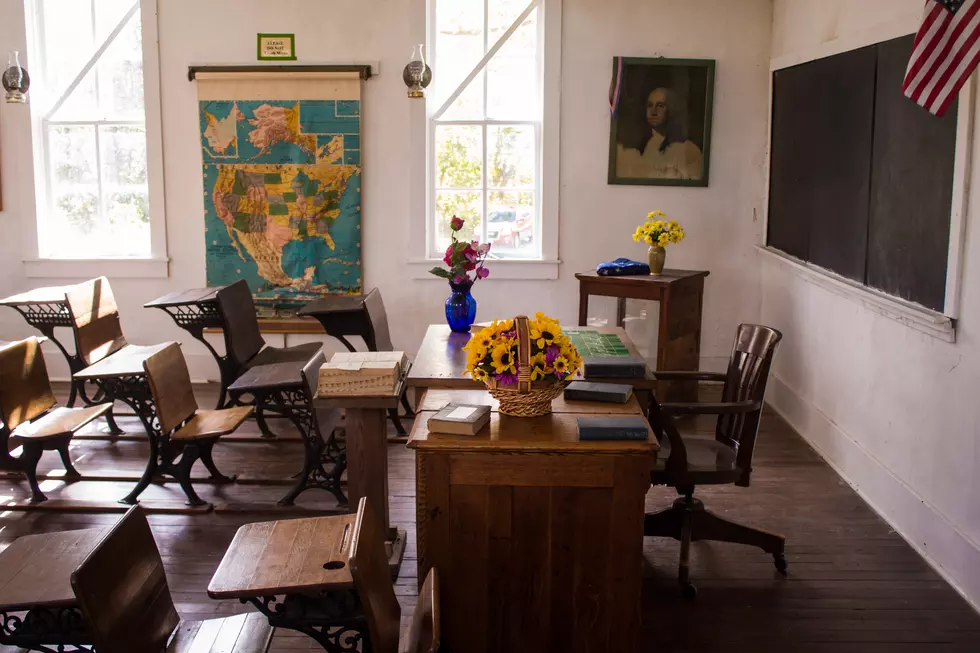
BESE Updates K-12 Social Studies Standards
Learning the difference between primary and secondary sources in Kindergarten.
Describing the purpose of state government in first grade.
Defining character traits of "good citizens" in second grade.
These are among the new social studies standards that will be implemented in Louisiana's public elementary and secondary schools. The Louisiana Department of Education announced those new standards on Wednesday after the Board of Elementary and Secondary Education approved them.
The standards are similar to the social studies standards already on the books for Louisiana K-12 students. The new standards, however, incorporate a more Louisiana- and United States-centric tone. For example, the current first grade social studies curriculum touches broadly on topics of civics, economics, and geography. The new standards specifically title the first grade curriculum as "Life in the Great State of Louisiana."
"The focus in grade 1 (sic) is helping students acquire knowledge regarding their place in the local community and in Louisiana," the new standards state. "First graders will gain a deeper sense of their role as citizens in a democratic society as they develop an awareness of their basic rights and responsibilities, including the laws designed to protect them. Students will continue to develop a sense of time and place as they increase their understanding of the past, present, and future through the study of Louisiana’s rich history and culture."
The following specific lessons in the first grade curriculum: Comparing life in Louisiana in the past to life today, comparing the lives of Louisianans today in urban, suburban, and rural parishes, and identifying examples of Louisiana's culture, including holidays, traditions, music, languages, and architecture.
Grades 4-8 will see major changes to their curriculum. Grades 4 and 5 will receive lessons on world history from ancient times through the medieval period. Grades 6-8 will receive instruction on American and Louisiana history. Grade 6 will learn about U. S. and state history from colonial times to the ratification of the Constitution. Grade 7 will receive instruction about American and state history from 1783 until 1875. Grade 8 will learn about post-Reconstruction state and national history.
Right now, grades 4 and 5 learn about early American history, grade 6 learns about world history, grade 7 receives additional American history instruction, and grade 8 learns about Louisiana history.
“These standards reflect the totality of the events that have made America a truly exceptional nation and serve as a freedom framework for our children to learn about how Americans have always strived for liberty,” state education superintendent Dr. Cade Brumley said in a press release. “We must, and we shall, teach our students to appreciate the majesty of our country and their obligations as citizens to safeguard America’s founding principles.”
One of the biggest reasons for the change in curriculum was to make the sequence of content more coherent. According to BESE, more than 2,000 members of the public contributed to the final product.
“These standards were informed by a year of public feedback, demonstrating why an engaged, informed citizenry is essential to protecting, sustaining, and improving upon our constitutional republic,” Dr. Brumley said. “I look forward to seeing these standards come to life in classrooms across our state and, ultimately, recognizing the influence these standards will have on the State of Louisiana and the United States of America.”
If you want to review the new curriculum yourself and compare it to the current standards, you can. Both sets of documents are included below.
Current Standards
New Standards
Seven Forgotten Facts About Lafayette
Lafayette: 1981 vs. 2021
The Seven Modern Wonders of Acadiana
Things to See and Do in New Iberia
Lafayette TV Icons: Where Are They Now?
Tumbleweavesnh of Acadiana
More From 99.9 KTDY


![Benny Grunch ‘Ain’t No Place to Pee on Mardi Gras Day’ [Video]](http://townsquare.media/site/33/files/2011/01/porta-potty.jpg?w=980&q=75)







